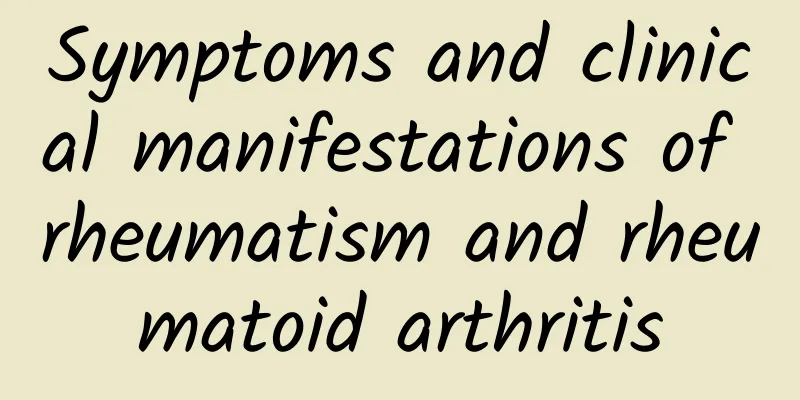Prostate enlargement in young people

|
The prostate is an organ located in the lower body of the human body. There are many diseases related to the prostate, such as prostatitis, prostatic hypertrophy, etc. Prostatic hypertrophy is a disease that mainly occurs in middle-aged and elderly people, but with the development of society, young people now also have this disease. There are many reasons for this disease, which can be treated. So, why do young people have prostate hypertrophy? Prostatic hyperplasia (Hyperplasia of prostate), often referred to as benign prostatic hyperplasia (BPH), is one of the common diseases in middle-aged and elderly men, and its incidence is increasing with the aging of the global population. The incidence of prostatic hyperplasia increases with age, but there are not necessarily clinical symptoms when there are hyperplastic lesions. For most patients, symptoms such as difficulty urinating increase with age. The incidence rate in urban areas is higher than in rural areas, and racial differences also affect the degree of proliferation. There have been many studies on the pathogenesis of prostatic hyperplasia, but the cause has not yet been elucidated. This may be due to the disruption of the balance between epithelial and stromal cell proliferation and apoptosis, and other related factors: androgens and their interaction with estrogens, the interaction between prostate stroma and glandular epithelial cells, growth factors, inflammatory cells, neurotransmitters and genetic factors. It is currently known that prostate hyperplasia requires two conditions: functional testicles and aging. In recent years, attention has also been paid to the relationship between smoking, obesity and alcoholism, family history, race and geographical environment and the occurrence of BPH. Drug treatment : 1. Antibacterial treatment: The discovery of the causative pathogen in prostatic fluid culture is the basis for selecting antibacterial treatment. Quinolones such as ofloxacin or levofloxacin are the first choice. 2. Symptomatic treatment: anti-inflammatory and analgesic. 3. Physical therapy: prostate massage, hot water sitz bath, microwave, etc. 4. M receptor antagonists: suitable for patients with symptoms of overactive bladder, such as urgency, frequency, and increased nocturia, but without urinary tract obstruction. 5. α receptor antagonists: can effectively improve prostate pain and urination symptoms, and help prevent urine reflux into the prostate. Surgical treatment: Suitable for patients with recurrent chronic bacterial prostatitis. 1. Prostatectomy: It can achieve the purpose of cure, but it should be done with caution. 2. Transurethral resection of the prostate: Removal of prostate stones and bacterially infected lesions near the prostate ducts helps reduce reinfection of peripheral zone lesions. Other treatments: 1. Biofeedback therapy. 2. Transperineal extracorporeal shock wave therapy. 3. Psychotherapy. 4. Treatment with traditional Chinese medicine. |
<<: Can the Bartholin's gland be punctured?
>>: Enlarged thyroid gland in women
Recommend
Will eating loquats during breastfeeding cause milk to dry up?
Some people think that new mothers who are breast...
What medicine is effective for fever and cold?
The symptoms of heat cold are relatively serious....
What are the benefits of burning moxa sticks at home
Fumigation with moxa sticks at home has the effec...
What causes a stuffy nose?
Have we all experienced a stuffy nose, especially...
How to detoxify the lymph nodes on the face?
For women, if they want to stay healthy, in addit...
Ginsenoside RG3 efficacy
Ginsenoside Rg3 is a rare ginsenoside currently w...
Sore throat, swallowing saliva also hurts, folk remedies are effective!
After the throat is inflamed or some oral disease...
What to do if bronchiectasis causes hemoptysis? Scientific treatment is needed
Bronchiectasis can cause repeated hemoptysis symp...
What should I do if my child blinks frequently?
Children's bodies are in the development stag...
How to replenish kidney deficiency in women? Three recipes are most effective
Kidney deficiency is a common disease in many peo...
Is it accurate to tell the gender of a baby by taking the pulse of a traditional Chinese doctor?
After becoming pregnant, women want to know wheth...
Typical symptoms of heart rupture
If a heart rupture occurs in the human body, the ...
The efficacy of Bifidobacterium
Bifidobacterium is a kind of beneficial bacteria....
What to do if you have toothache?
Toothache is not a life-threatening disease. This...
What to pay attention to after laser eye drilling
Nowadays, at a glance in many classes, almost hal...









